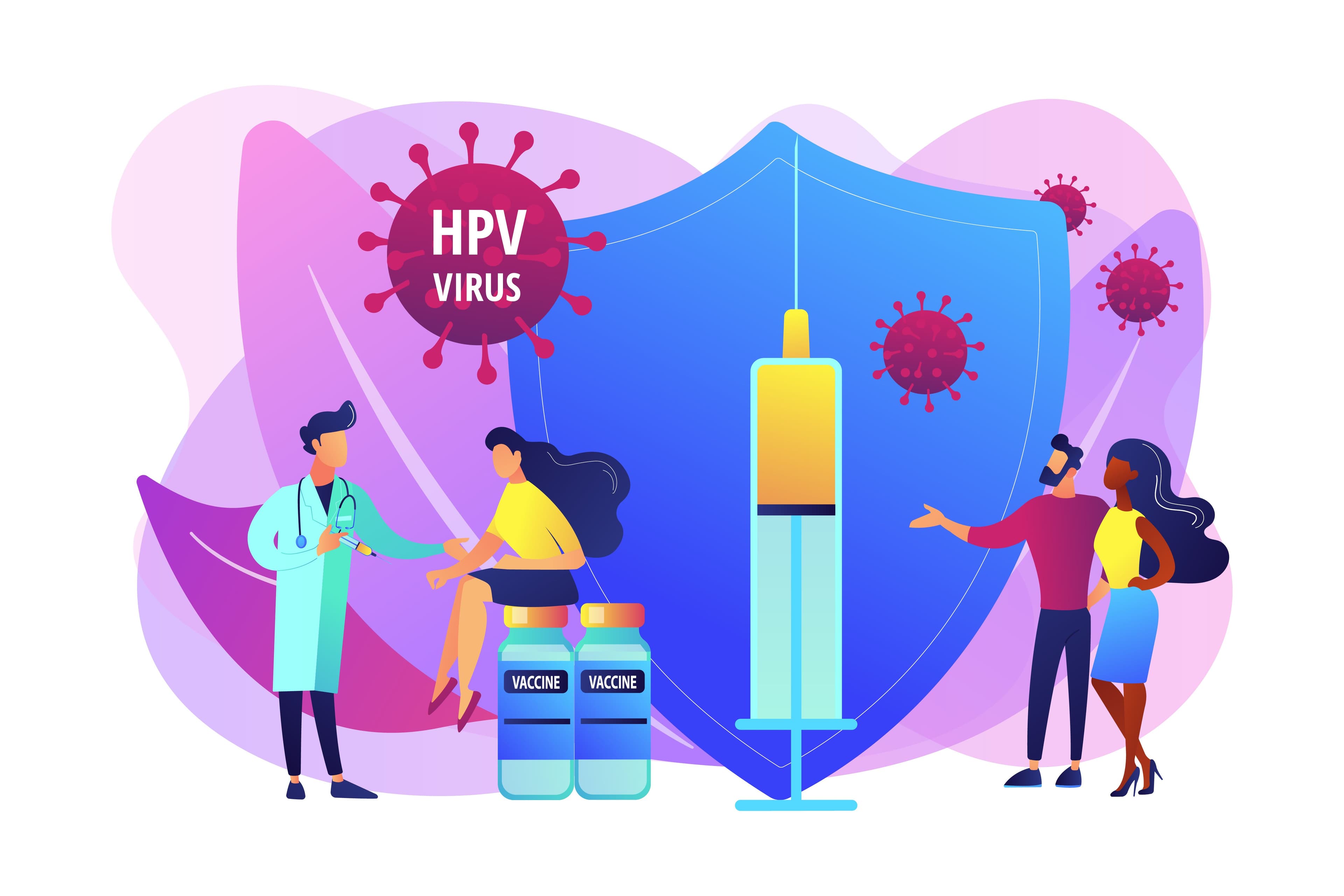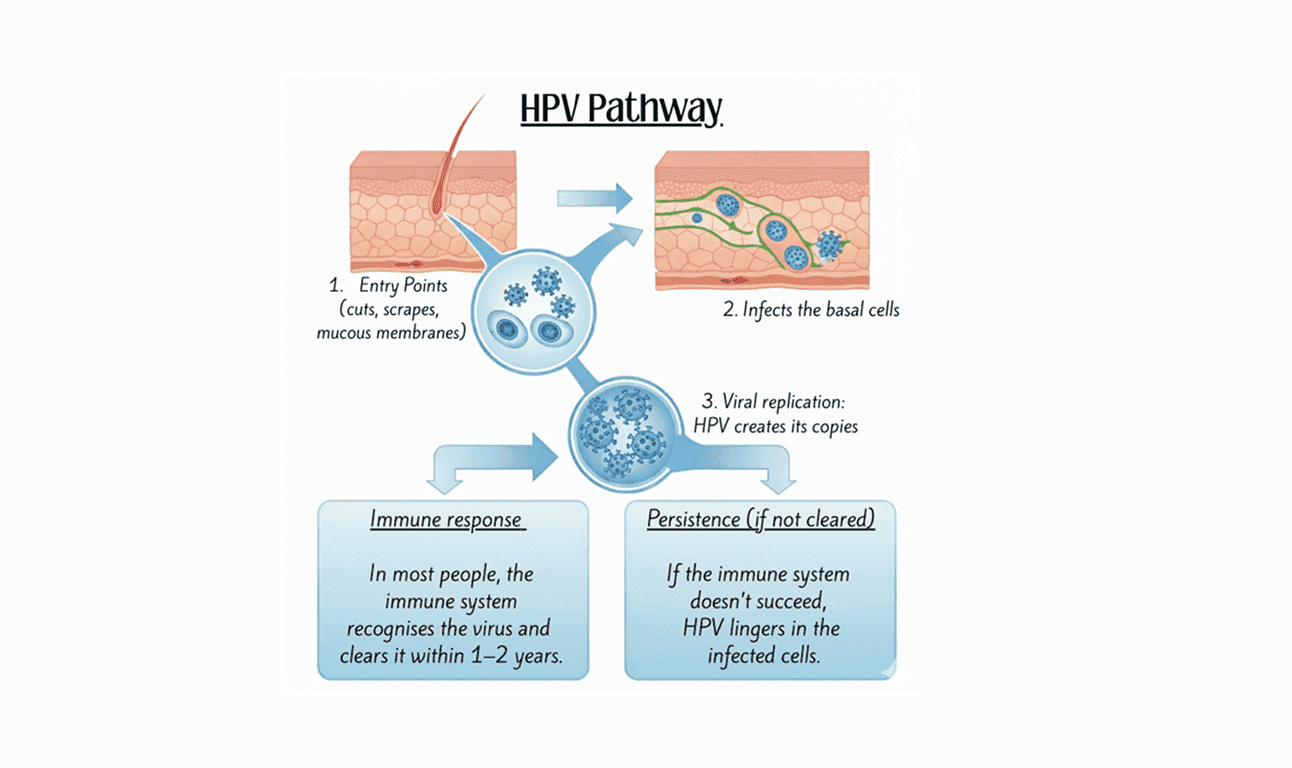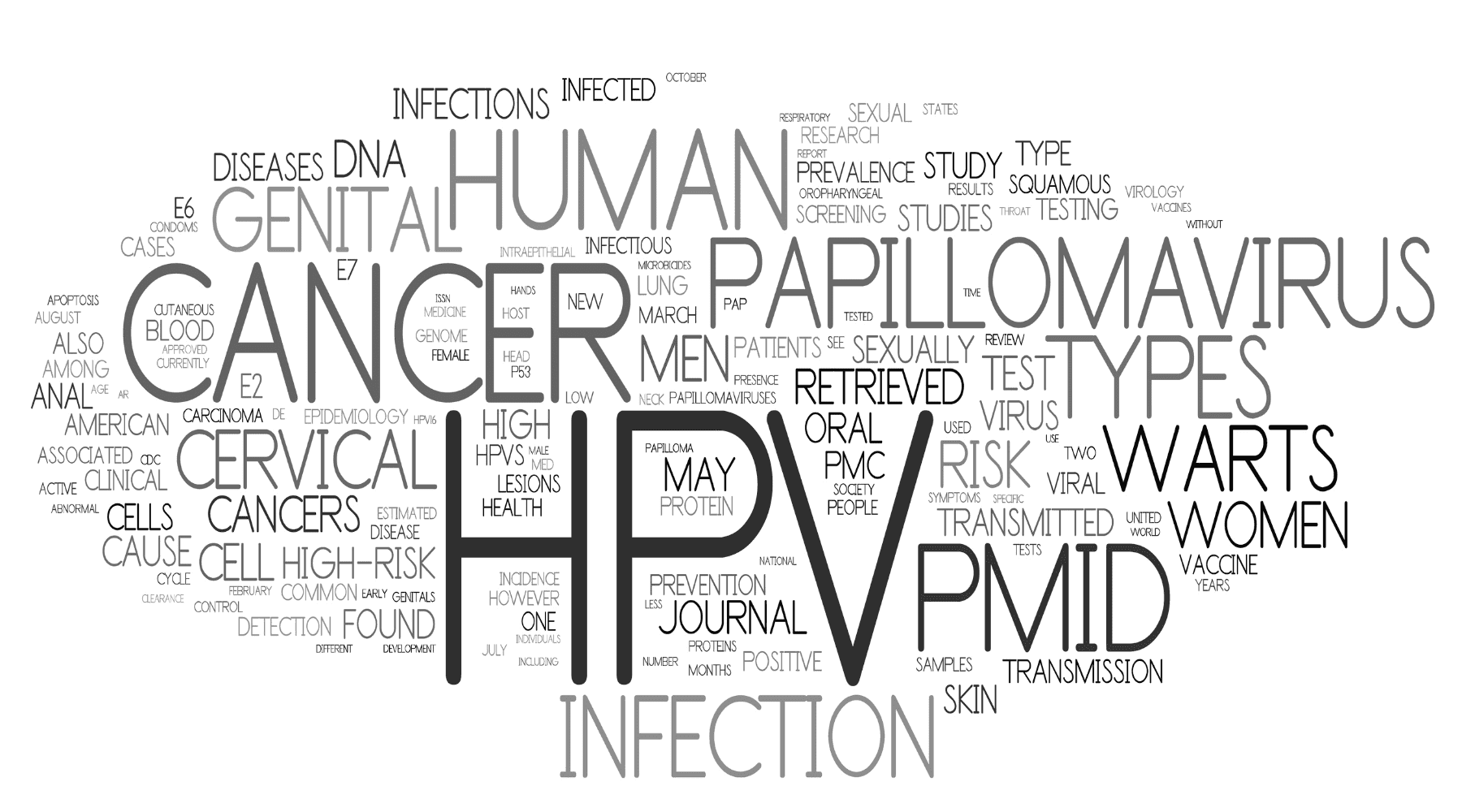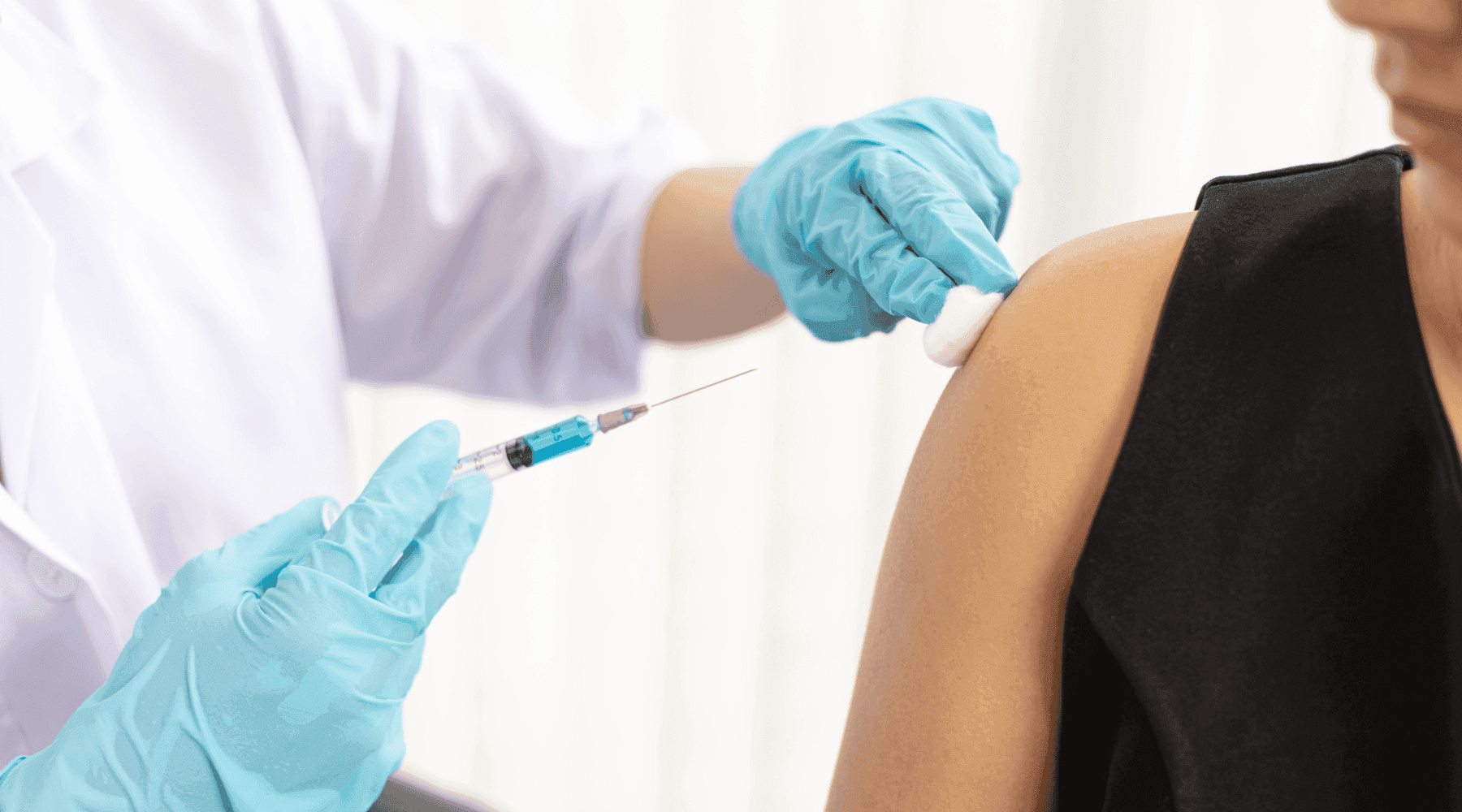Understanding HPV Infection: Causes, Symptoms, Treatments

Dr. Vrundali Kannoth•6 minutes•16 Sep 2025
HPV Infection Guide: Causes, Symptoms, and Treatments
Conversations around HPV infection are often hushed. Many people hear of it only when someone mentions cervical cancer, but very few really know what it means for everyday health. The reality is, HPV infection is more common than we realise. Most times, the body clears it on its own. It can show up as warts, linger in HPV infected cells, or even play a role in HPV infection and cervical cancer. What makes it tricky is that reliable information is hard to find.
What is HPV infection?
HPV stands for human papillomavirus: a group of viruses that live on skin and moist surfaces like the mouth or genital areas. There are over 200 types, and while most don’t cause harm, a few high-risk ones (HPV-16, HPV-18, HPV-58) have a reputation for sticking around and occasionally causing cancer. In simpler terms, HPV infection is similar to cold. Most of the time, your body fights it off without you even noticing. But if the HPV infected cells stick around, that’s when it needs a little more attention.
Signs and symptoms of HPV infection
HPV doesn’t usually come with flashing warnings. When it does, it reveals itself through subtle signs.
| Types of HPV | Where it lives | Symptoms |
|---|---|---|
Cutaneous HPV | On the skin | Warts on skin (hands, feet, chest, or arms) |
Mucosal HPV
(low-risk)
| On mucous membranes (vagina/penis, anus, mouth, throat) | Cauliflower-shaped warts around genital or anus |
Mucosal HPV
(high-risk)
| On mucous membranes (vagina/penis, anus, mouth, throat) | Often no symptoms at first, may lead to cancers over time |
How HPV shows up differently in men and women
While HPV infection symptoms vary depending on the type, they also show up differently in men and women. Understanding these distinctions makes it easier if you’re wondering about “how do we get HPV infection”.
HPV infection in females
- •Genital wartsAppear on the vulva, cervix, or around the anus.
- •High-risk HPVCan cause changes in the cervix, detected through Pap smear or HPV test.
- •Persistent HPVIn rare cases, may be one of the vaginal, anal, or cervical cancer causes.
HPV infection in males
- •Genital wartsAppear on the penis, scrotum, groin, or around the anus.
- •High-risk HPV infectionCancers like anal cancer, penile cancer, or throat cancer are possible.
- •Silent carriersMen often remain silent carriers, who pass the virus to partners.
Different types of warts
Not all warts look the same. HPV can show up in different ways on the skin or through HPV genital infection. Here’s a quick breakdown of the common types.
| Type of wart | Where it appears | How it feels |
|---|---|---|
Common warts | Hands, fingers | Rough, skin-coloured, tender |
Plantar warts | Feet | Feels like pebble when walking |
Flat warts | Face, legs | Smooth clusters, often mistaken for rash |
Genital warts (female) | Vulva, cervix, anus | Small bumps, cauliflower-like |
Genital warts (male) | Penis, scrotum, anus | Bumpy clusters, itchy |
How HPV infection occurs in humans
Most of us don’t think about viruses until they cause trouble. HPV is no different.
When are humans vulnerable?
Here are the most common ways HPV infection spreads:
- •Physical intimacyThe primary route, including vaginal, anal, and oral sex
- •Skin contactEven without intercourse, close genital contact can pass the virus
- •From mother to childDuring childbirth, babies can pick up HPV from the mother
- •Through breaks in the skinSharing razors, towels, or touching warts directly can spread it
- •Lack of vaccinationBeing unvaccinated increases the chances of catching high-risk HPV strains
Process inside the body
HPV follows a hidden process inside the body. Here’s a step-by-step look at what happens once the virus enters.

Understanding this process helps us see why prevention isn’t just important, it’s lifesaving.
Risk factors that might lead to HPV infection
Why do some people clear HPV infection symptoms quickly while others struggle with long-term effects? The answer lies in the risk factors that weaken the body’s ability to fight back.

- •Weakened immunityIllness, long-term stress, or medications can slow your body’s natural healing process.
- •Smoking and lifestyle choicesTobacco exposure is consistently associated with HPV persistence and higher odds of high-grade cervical changes. Early marriages, multiple pregnancies, or a poor diet add to the risk.
- •Lack of vaccinationSkipping the HPV vaccine leaves high-risk types unchallenged, increasing the chances of infection and later cervical cancer. WHO positions HPV vaccination as a core pillar of cervical cancer elimination
Complications of HPV infection
While your immune system clears most HPV infections like a pro, a few slip through the cracks, turning into complications that deserve close attention.
Cervical cancer and HPV infection

Note:
Treatment and management of HPV infection cancer
While HPV itself has no direct cure, its effects can be managed effectively. From wart treatments to advanced procedures for abnormal cervical cells, modern medicine offers reliable solutions.
HPV infection treatment for warts
In India, wart treatment options are available across dermatology and gynecology clinics. Some common treatments are:
- •MedicationsSalicylic acid and TCA, applied directly to the wart.
- •CryotherapyLiquid nitrogen is used to freeze and destroy wart tissue.
- •ElectrocauteryBurning warts using an electrical current.
- •LaserIntense light beams destroy wart tissue.
- •Surgical removalUsed for large warts.
Note:
Managing precancerous changes
When HPV infection causes abnormal cervical cell growth, early intervention is crucial. Commonly practiced treatments include:
- •Colposcopy-guided biopsyAn exam to study cervical tissue.
- •CryotherapyFreezing abnormal cells so healthy tissue can regrow.
- •LEEPA heated wire loop removes abnormal tissue.
- •Cold Knife ConisationA cone-shaped section of abnormal cervical tissue is surgically removed.
- •Regular Pap/HPV testsTo monitor for recurrence or progression.
Can HPV infection be cured?
While science hasn’t yet discovered a direct cure for HPV, good news is that most infections don’t need one: they disappear on their own. For the minority that persists, doctors have reliable ways of removing abnormal cells before they turn cancerous. So, while “cure” may not be the right word, “prevention” is absolutely within reach.
HPV infection and cervical cancer
Among the many complications of HPV, cervical cancer is the one that worries most women. That’s because persistent infection with certain HPV strains can slowly transform healthy cervical cells into cancerous ones over time.
Link between high-risk HPV and cervical cancer
High-risk HPV integrates its DNA into cervical cells. This disrupts the normal cell cycle and prevents damaged cells from dying. Over years, this unchecked growth can lead to cervical cancer.
HPV infection and cervical cancer statistics
- •WHOAccording to WHO, almost 99% of cervical cancer cases worldwide are linked to HPV.
- •HPV-16 and HPV-18HPV-16 and HPV-18 alone are responsible for over 70% of cervical cancer cases globally.
Prevention of HPV infection
Vaccination is your best defence. Add safe practices like protected sex, quitting smoking, and maintaining a healthy immune system.
HPV vaccines
Cervavac, an affordable vaccine for HPV infection in India, is part of national immunisation efforts for girls aged 9-14.

Experts are also advocating vaccination for boys to curb types of cancer like penile and throat in the future.
Screening
In HPV cervical cancer screening, Pap smears and HPV-DNA tests are essential. Pap tests alone can reduce cervical cancer incidence by up to 80%.
When to see a doctor
HPV can be silent for years, which is why people miss the early signs. But your body does send out small signals. Seeing a doctor can make a world of difference in treatment outcomes.
Early signs not to ignore
Keep an eye out for these red flags:
- •Persistent genital wartsThat don’t go away
- •Unexplained bleedingPelvic pain or discomfort during sex
- •Abnormal vaginal discharge
Importance of screening
In India, cervical cancer ranks as the second most common cancer in women. That’s why early detection through cervical cancer screening is a lifesaving step. For men too, reporting cancer symptoms like genital warts or persistent throat issues (linked with HPV-related oropharyngeal cancer) ensures timely care.
The care you need if you’ve HPV infections
HPV is common, but that doesn’t mean it should be ignored. A little awareness, a timely test, or even a simple conversation with your doctor can keep bigger worries at bay.
FAQs on HPV virus infection
No, but genital warts may grow larger due to hormonal changes, and the virus can pass to the baby during delivery.
HPV itself isn’t painful. Warts caused by it may be uncomfortable, itchy, or irritating.
Yes, as HPV infection treatment removes visible warts or abnormal cells, but they don’t always remove the virus.
Table of Content
- HPV Infection Guide: Causes, Symptoms, and Treatments
- What is HPV infection?
- Signs and symptoms of HPV infection
- How HPV shows up differently in men and women
- Different types of warts
- How HPV infection occurs in humans
- Risk factors that might lead to HPV infection
- Complications of HPV infection
- Treatment and management of HPV infection cancer
- HPV infection and cervical cancer
- Prevention of HPV infection
- When to see a doctor
- The care you need if you’ve HPV infections
